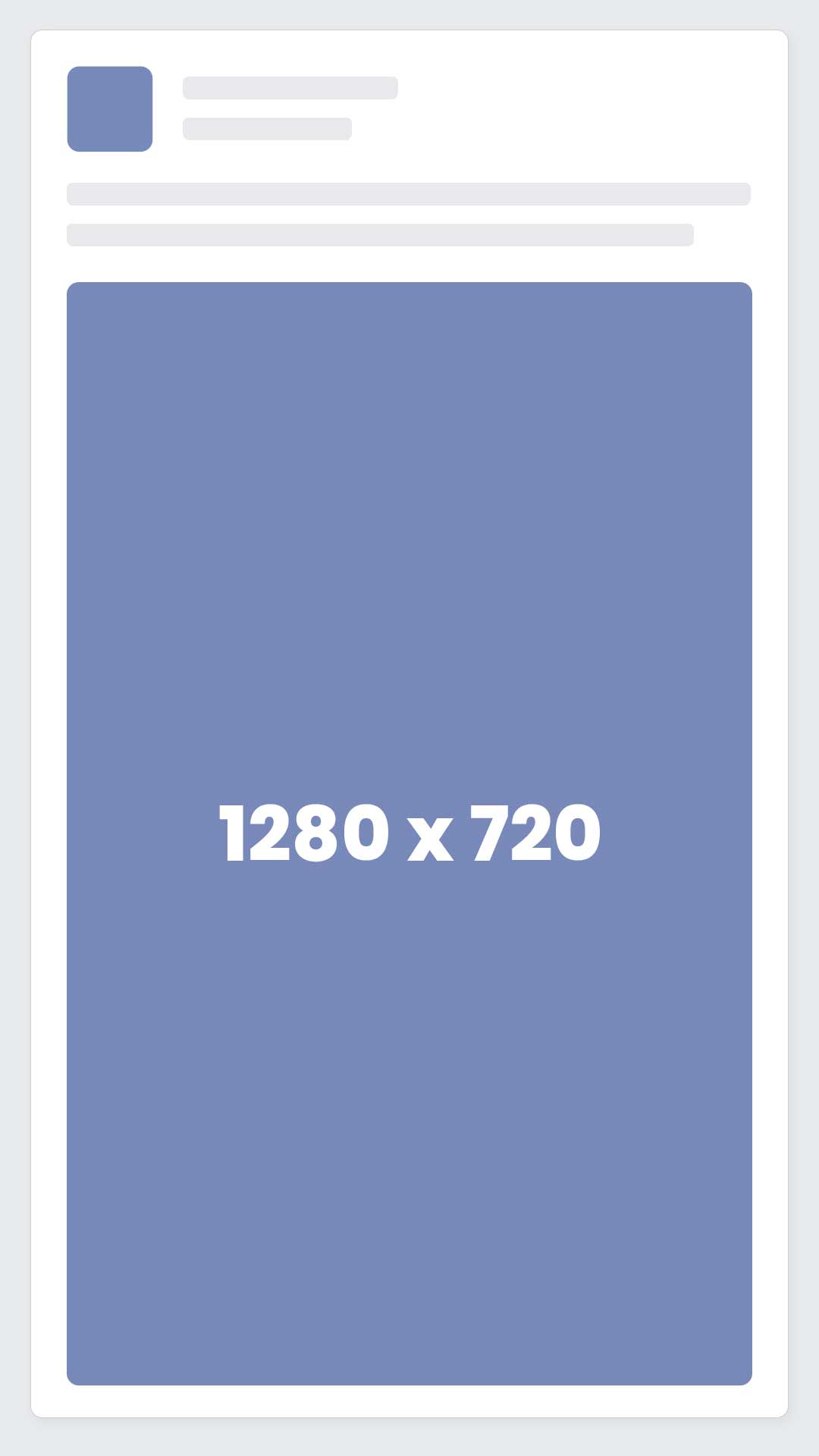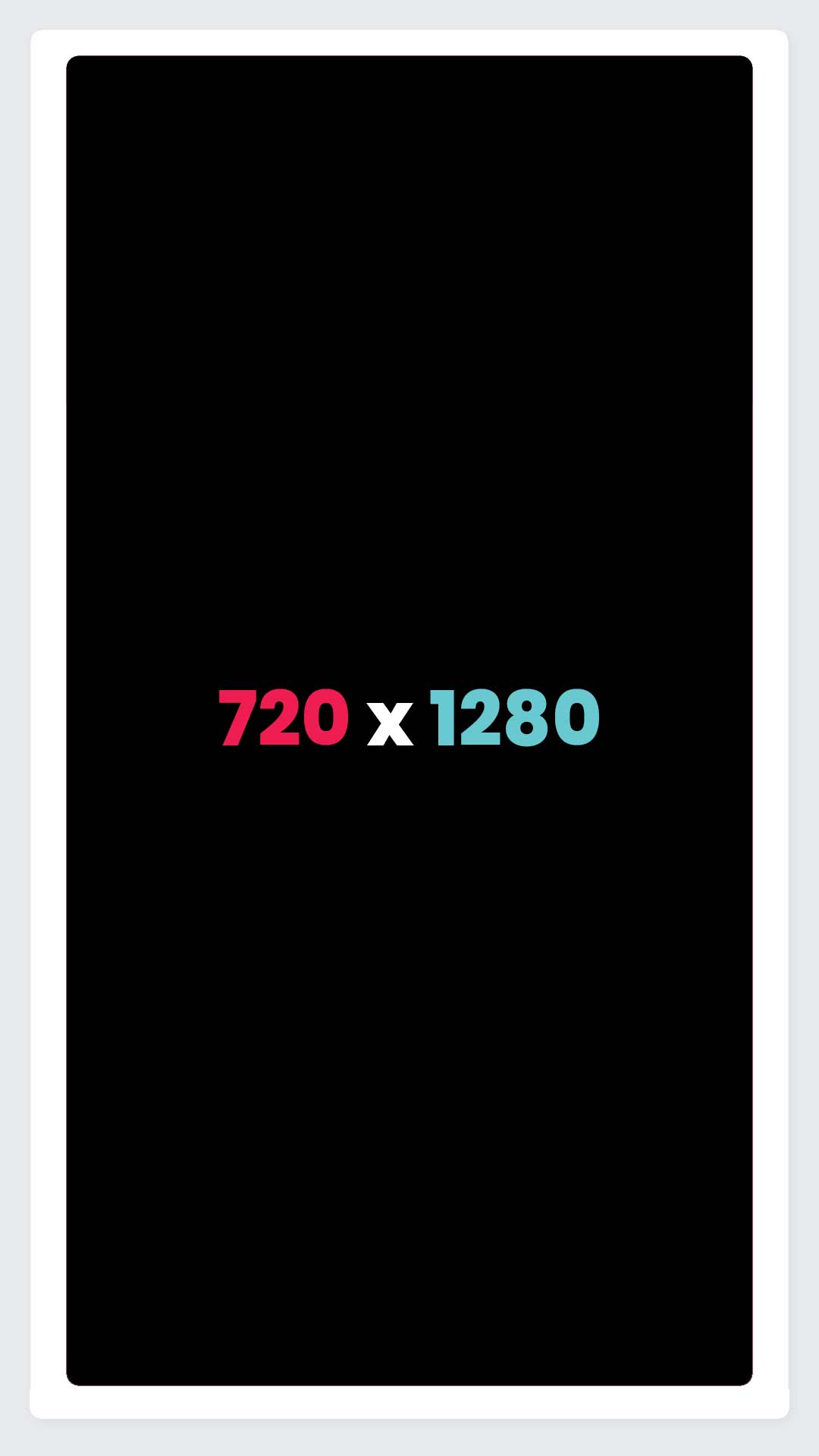So…. Video Ad Sizes…
Why can’t all of the platforms just be the same?! It would certainly make our job easier…
However, if you’re creating a video for social media, then sadly there is no one uniform specification. Each platform has its own recommended dimensions. Like everything on social media though, these exact specifications change frequently to stay up to date with changing user demands.
Whilst there is some cross over, it can be a bit of a minefield (or total pain in the ass) for both marketers and brands to keep up with.
Understanding these specifications can transform your digital marketing strategy and help you to continue to provide your followers with the very best content you can.
The good news is…
No matter which platform you use, there is no better way than to use video ads to stay engaged with consumers and attract new business.
Video has quickly evolved from being a “nice to have” to an absolutely critical part of any digital strategy and is proven to help raise your engagement and keep audience’s attention on your brand.
Research has shown that Facebook video ads, for example, are favoured 67% more than image ads while on Twitter , video can lead to your post being shared six times more than a static image!
So with all that in mind…
We’ve put together our Ultimate Guide for 2020 which takes a closer look at the social media video ad sizes you need to know, covering every major platform and the various ad formats that each offers.
Enjoy!
Facebook Video Ad Sizes
Starting with the biggest social media platform in the world, Facebook offers advertisers a number of different solutions, covering everything from mobile to desktop. In addition to that, the social media giant also offers a range of different locations that your adverts can appear, including in the newsfeed, as a static advert or in Facebook stories.
Here are the current specifications that you need to know:
Facebook Feed



The recommended size for video adverts that will appear in the news feed should be 1280 x 720 pixels, with a minimum width of 600.
The platform offers a range of aspect rations too, including 16:9 for horizontal videos, 9:16 for portrait, 2:3 and 4:5 for vertical and 1:1 for square videos.
Facebook recommends videos use H.264 compression.
Videos can be up to 240 minutes in length – but cannot be any larger 4GB in size.
360 Videos

360 videos are one of the most engaging methods of video advertisement currently available and the maximum size for Facebook Ads is 4096 x 2048 pixels, with a 2:1 aspect ratio.
The maximum file size for 360 videos is 26GB and the maximum length is 40 minutes.
Facebook Stories

Facebook Stories support a variety of aspect ratios, ranging from 16:9 up to 1.91:1 and the platform recommends a size of 1280 x 720 pixels.
Story ads can be up to 15 seconds in length and no more than 4GB in size.
Carousel Video Ads

For carousel video ads, Facebook recommends a dimension of 1080 x 1080 for Landscape and Square videos, with minimum dimensions of 600 x 315 and 600 x 600 for both respectively.
The maximum video size for carousel videos is 2.3GB and they can be up to 30s in length.
Cover Videos

For cover videos, the recommended dimensions are 1200 x 628 and can be in Landscape or Square format, with a ratio of 16:9 or 1:1 respectively.
Videos can be up to 120 minutes in length, while the file size is limited to 4GB.
YouTube Video Ad Sizes
If you are serious about your digital marketing, then YouTube should form an essential part of your communication plan. The channel can host a wide range of videos, from short promos to feature-length movies.
When it comes to video advertisements, YouTube is one of the most straightforward platforms to use, with two main styles:
Standard Video Player

These are the videos that play before and during the main content the user is watching and come in four different versions:
- Skippable (which lets the user skip the ad after 5s)
- Non-Skippable (users must watch the full 15s)
- Mid-Roll (played like a TV commercial during the main content)
- Bumper (played before the main content and cannot be skipped)
All four options have a minimum size of 426 x 240 pixels and a maximum of 3840 x 2160. Video ads range usually from 6s up to 30s so it’s vital to make them as compelling as possible.
Display Ads
These ads are shown in a user’s search query or in the right video column and are a static image so do not automatically play (although once clicked they will load like a normal video). The video dimensions are the same as video player ads, while the image should be 300 x 250.
Twitter Video Ad Sizes
Twitter is a mobile-based platform, so videos are optimised to be watched from your phone screen. The platform offers advertisers two options of video format to use:
Landscape

Landscape videos have a recommended size of 1280 x 1024 pixels and should be either 320 x 180 for 256K bitrate, 640 x 360 for 768K, or 1280 x 720 for 2048K.
Vertical

Twitter recommends that vertical videos are 1200 x 1900 pixels and should be either 240 x 240 for 256K bitrate, 480 x 480 for 768K or 640 x 640 for 2048K.
The maximum size of each video file, regardless if it is Landscape or Vertical, is 512MB while the frame rate cannot exceed 40fps.
TikTok Video Ad Sizes

TikTok is one of the fastest-growing social media platforms in the world, with over 500 million users worldwide. Our full report on TikTok UK Stats details just how influential TikTok has become.
The platform offers limited advertising features currently, but the recommended video aspect ratio is 9:16, 1:1 or 16:9 while the resolution should be 720 x 1280, 640 x 640 and 1280 x 720.
Videos can be between 5s and 16s in length but the file size should not exceed 500MB.
Instagram Video Ad Sizes
Another mobile-focused social media platform, Instagram supports videos in either a square, horizontal or vertical format and there are three ad options to choose from:
In-feed videos



Capable of featuring all three video formats, the minimum resolutions are 600 x 315 (landscape), 600 x 600 (square), and 600 x 750 (vertical). The aspect ratio of each 16:19, 1:1 and 4:5 respectively while the maximum file size is 30MB. Videos are only able to be a maximum of 60s.
Carousel Video Ad

These ads are very similar to Facebook carousel ads, allowing you to use a mixture of images and videos. On Instagram, you can choose up to ten cards, with videos requiring a minimum resolution of 600 x 600 and a maximum of 1080 x 1080.
The aspect ratio is 1:1 and the maximum file size is 30MB.
Instagram Stories

This option is a great way to create more ‘of the moment’ video adverts and the recommended resolution is 1080 x 1920, with an aspect ratio of 9:16.
As with the other two options, the maximum file size is 30MB but it is important to remember that video length can only be 15s.
Snapchat Video Ad Sizes

At the moment, there is only one major form of video advertising available on Snapchat, which is what the platform refers to as long-form video. The recommended dimensions for these videos is 1080 x 1920, with an aspect ratio of 9:16 or 16:9. All videos are required to be a minimum of 15s in length, while the file size cannot exceed 1GB.
Pinterest Video Ad Sizes


Pinterest lets brands upload and share two styles of video adverts, a 600 x 600 Square or a 600 x 900 Vertical video.
No matter the style, the minimum resolution is 240p while the platform states that the maximum file size is 2GB and videos cannot be longer than 30 minutes.
LinkedIn Video Ad Sizes


Although it is considered the professional social media network, video is still very important on LinkedIn and 75% of executives state they watch videos on the platform each week.
The maximum size for video ads is 1920 x 1080, with the minimum being 640 x 340.
Uploads are allowed to be 30 minutes in length, although LinkedIn does state the most effective are under 60 seconds. The platform has also added a limitation on the file size, with videos not able to be larger than 200MB.
Final thoughts…
Video advertising should be a vital pillar of any brand’s digital marketing strategy, but it is important that you correctly format each video to the platform it’s being posted on. By doing this, you will ensure it is optimised for viewers, helping to increase your engagement and boosting your brand awareness in the process.

